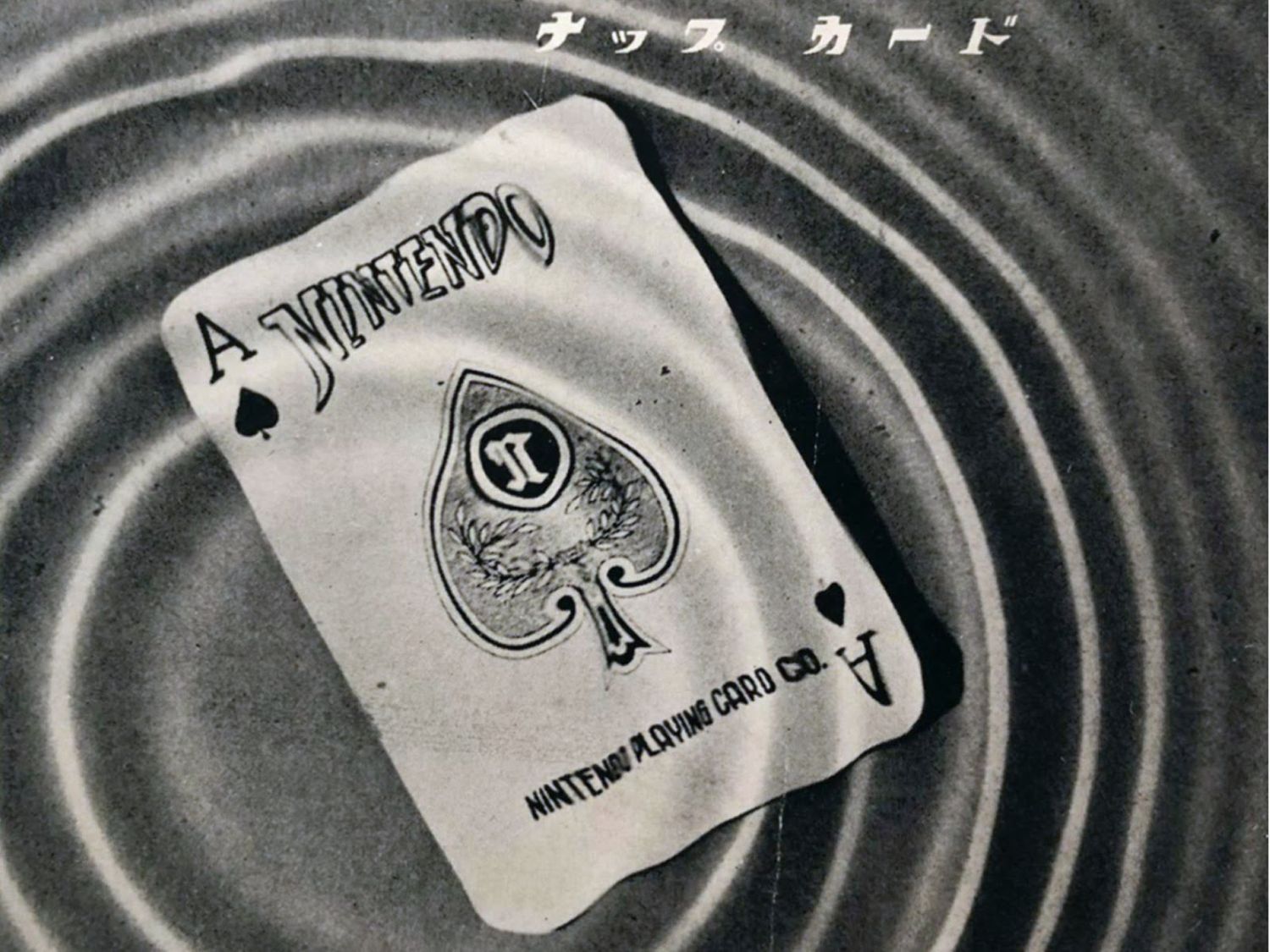Daniel J. Boorstein's observations on the six traits that all successful brands have.
Six key ingredients to crafting the perfect image for your brand.
We all want the perfect family, the perfect children, the perfect house, and the perfect car.
When Plato pointed to the sky, he recognized that there are no perfect forms here on earth.
And yet, we all strive to attain the ideal.
In the 1961 book, The Image, Daniel J. Boorstein describes how the media, marketers, and corporate myth-makers use brands — or what he calls "images" — to lead consumers to their own ideal version of themselves.
He lists six specific traits that a brand must have to be successful.
If you don't know where you're going, you might not get there
The first trait of a successful brand is that it is intentional.
It is planned: created especially to serve a purpose, to make a certain kind of impression.
— Daniel J. Boorstein, The Image
He cites the IBM logo as an example. It is clean and impressive, just like the company.
A lie could cost you everything
A successful brand is also built on facts.
One slip up and the whole thing can come crashing down, so you better make it believable.
The best way to do this is to go the old route of Honest Abe and never tell a lie.
Present your brand exactly as it is at all times.
You can't control other people, you can only control your reaction to them
As advertisers, we have less control over our brand's reputation than we might like.
In the beginning the image is a likeness of the coporation; finally the corporation becomes a likeness of the image.
— Daniel J. Boorstein, The Image
Creating a successful brand is less about having people conform to our vision, and more about helping them attain the ideal version of themselves.
Our brand is a mirror of their sentiments.
Show me the person I want to become
Since consumers use products to craft the perfect version of themselves, it's best for brands to reflect that ideal back in some tangible way.
An image is vivid and concrete. It often serves its purpose best by appealing to the senses.
— Daniel J. Boorstein, The Image
People who buys Jeeps, for example, might be trying to capture the feeling of freedom.
But to communicate the idea of freedom, Jeep has to present its buyers with a real-world symbol of that feeling instead of a vague version of the concept itself.
Too much of a good thing can be a bad thing
Who knew "Dumpster" was the name of the brand, not the product?
Boorstein warns that when image is so good that it becomes part of the everyday language, it's doomed to fail.
This happened to "aspirin," ... and "linoleum," and ... to Kodak, Technicolor, Band-aid, and Kleenex. The most effective image is one simple and distinctive enough to be remembered, yet not so handy as to seem the natural symbol for the whole class of objects it describes.
— Daniel J. Boorstein, The Image
In the end — it's really about your customers, not you
Whatever symbols, ideals, or feelings your brand conveys must also be open to interpretation.
An image is ambiguous. It floats somewhere between the imagination and the senses, between expectation and reality.
— Daniel J. Boorstein, The Image
Apple, for example, would never have attained its cult status if it told its users how to view themselves.
Instead, it got out of the way, and let customers be themselves.
That's the marker of a good brand. It's exactly what customers want it to be.
— Mike Doane
P.S. Don't walk away empty-handed
Above the Fold is a newsletter about the power of marketing. Every week I send stories just like these straight to your inbox.




